- Joined
- Aug 4, 2008
- Messages
- 15,780
That $600 may be the entire profit the miner is allowing for cutting the stone based on the price of the rough.Granted the following graphic is from 2016 and for pear shapes, but it illustrates a point. Looking at the charts we can see:
So roughly $600 makes the difference of shutting the doors or staying open and remaining profitable.
- 0.90-0.99ct, I, SI1 = approx $3,900 per carat
- 1.00-1.49ct, I, SI1 = approx $4,500 per carat
Not sure what cutting margins are today but there for a while they were super lucky to get 20% and it put a lot of them under.

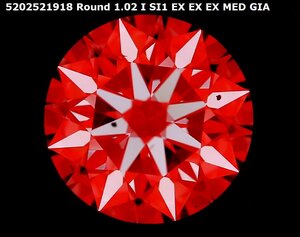
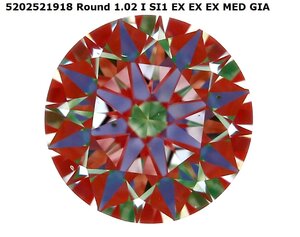
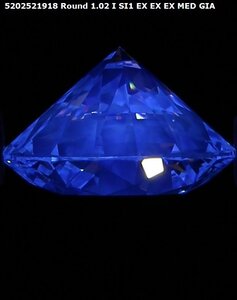

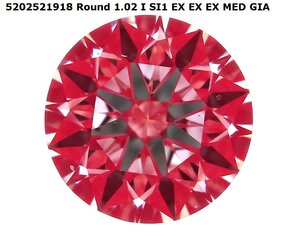
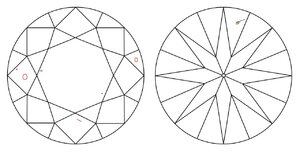
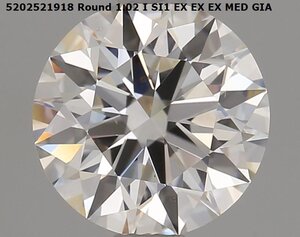
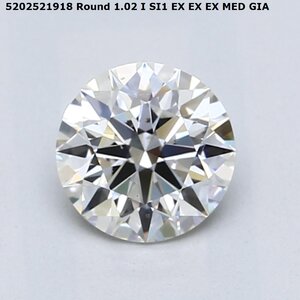
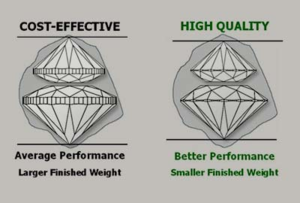
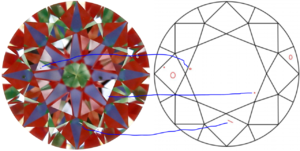



300x240.png)